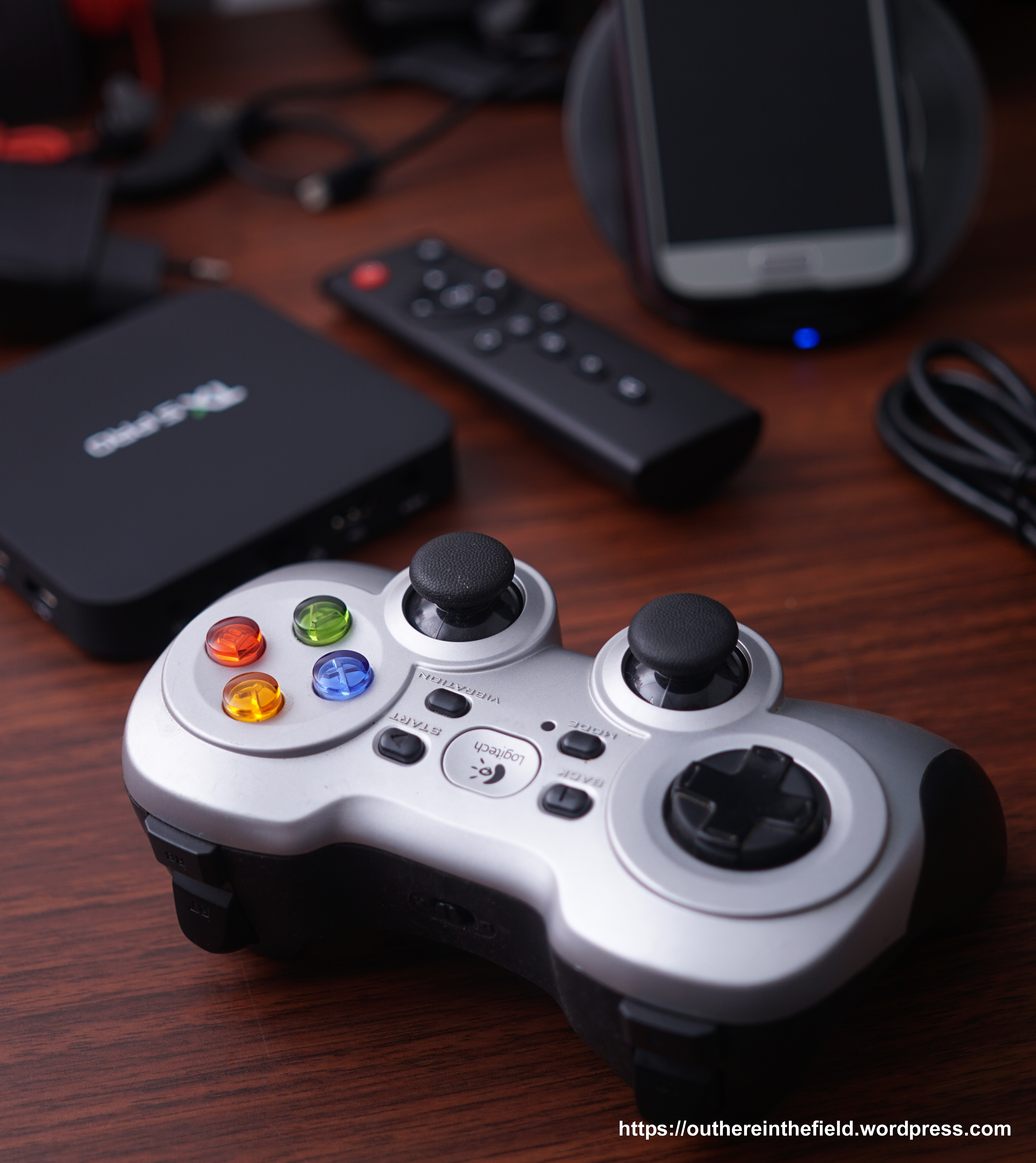My Dune TV101 has been tirelessly serving me as my main media jukebox. Unfortunately the tiny little fighter is starting to show its’ age. You see, for the purpose of space saving and improving quality, I’ve been slowly moving my video collections to X265/HEVC and the TV101 just can’t keep up.
So I decided to retire the TV101, and shop around for replacement. I narrowed down my requirements to:
- Hardware support for X265/HEVC. Having hardware support for limited usecase such as media jukebox allows me to purchase weaker, cheaper hardware
- Ethernet port. My media are served through my NAS, and my 2.4GHz WIFI connection at home is not strong enough to timely push 1080p contents to the box.
- KODI 17.x support (Linux, Android 5.x). Why 17.x? Native gamepad support
Pi3 board doesn’t have HEVC hardware support so it’s out of question. The same goes for buying used x86 stuff, which while moderately powerful for general use, doesn’t have an up to date hardware support for modern codecs. There are still bucketload of options though, starting from the modestly priced Intel NUC with Braswell Celerons, to the myriad selections of android TV boxens. The NUCs, while an ideal choice, breaks the ceiling of my budget, so I decided to look more into my choices for android TV Box.
So, the most important thing to look for is finding out which chipset the box is using. KODI’s wiki page keeps a nice list of x86 and Arm SoCs that are KODI and HEVC compatible. Based on that list, the most ideal choice would be something with either AMLogic S905X, an Nvidia Tegra X1, or something MediaTek or RockChip SoCs. I looked around, and the TX5 Pro popped out off my search result.

What’s in the box
The plain, OEM-like cardboard box contains the TX5 Pro, a simple IR remote, a power adapter, and a short HDMI cable.


Build Quality
The box is quite small, with rubber coat that I predict will deform over time and must be peeled. Other than that, I have no complain.


Features
The TX5 Pro stands out for having decent specs of 2GB RAM, 16GB ROM, HEVC hardware support with KODI in the form of the AMLogic S905X SoC, and the 100mbps Ethernet port ensuring that there is enough bandwidth to stream HD contents. Miracast is available, but I haven’t tested them.
In use
While getting the box up and running is a straight forward process, having usb keyboard and mouse will help a lot. Fresh out of the box, I experience no lag in navigating the android UI or KODI.
First thing I did was to remove the included KODI app which is version 16.1 (Jarvis), and look into Google Playstore for a more recent v17.3 (Krypton). Pairing the box with my Logitech F710 wireless gamepad just make it much, much better.


I tested the TX5 Pro by playing some episodes of HEVC 1080p encoded Hellsing Ultimate and One Punch Man and it passed the test with flying colors. Streaming over WIFI
Final Thought
One would question why would I pick a no name, OEM brand over something more established like Xiaomi Mi Box (also with S905X). Well, for less than USD50, i expect the box to last for at least 2 years (3 if I’m lucky), and replace it when it stop working, or no longer compatible with newer version of KODI. I have no expectation that the maker (which I have yet to find) will provide consistent update. For USD50 I have no complain.
Verdict 3.5/5
